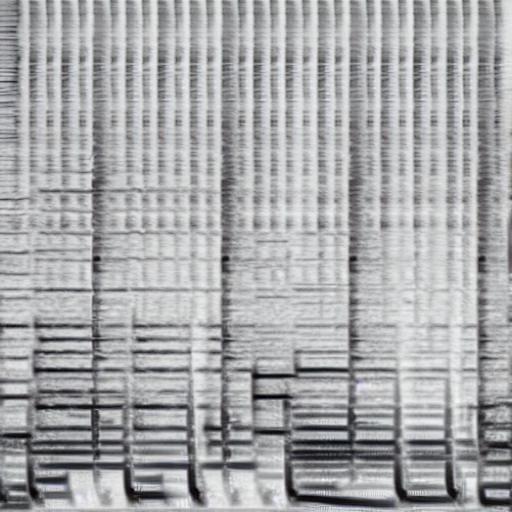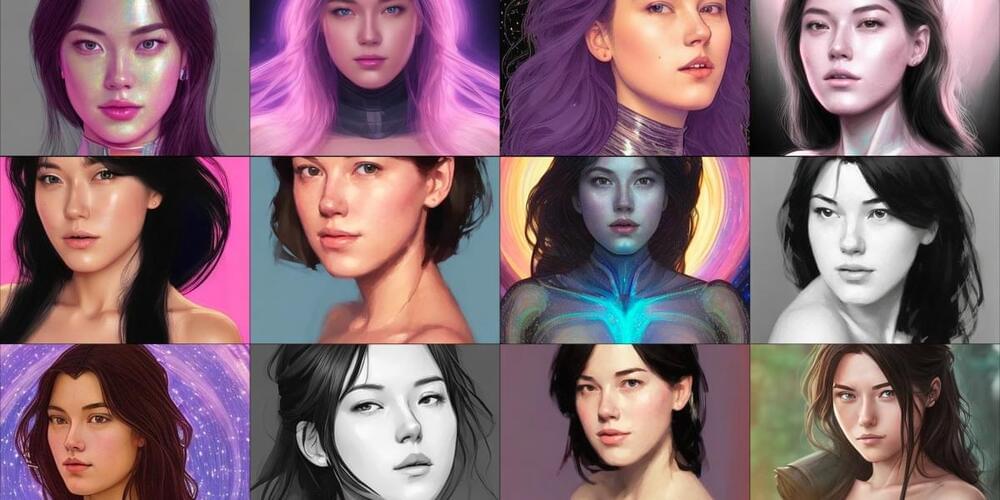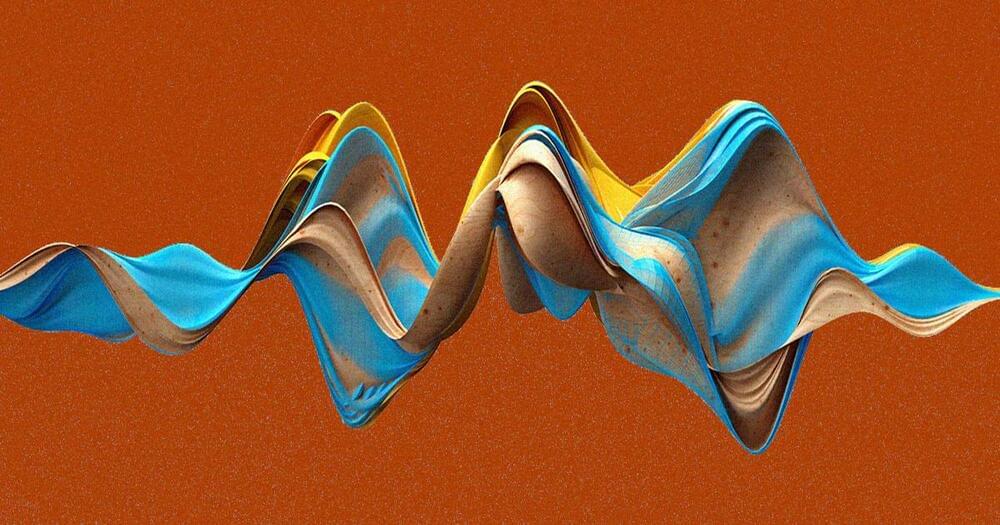The Future is Upon Us.
DreamFusion: https://bit.ly/3UQWIjh.
Nvidia Get3D: https://bit.ly/3dU9KMa.
Dream Textures A.I: Seamless Texture Creator.
Explore Sketch to 3D [Monster Mash]: https://youtu.be/YLGWsMfAc50
See Nvidia Nerf: https://youtu.be/Sp03EJCTrTI
Join Weekly Newsletter: https://bit.ly/3lpfvSm.
Find BLENDER Addons: https://bit.ly/3jbu8s7
Learn to Animate in Blender: https://bit.ly/3A1NWac.
See FiberShop — Realtime Hair Tool: https://tinyurl.com/2hd2t5v.
GET Character Creator 4 — https://bit.ly/3b16Wcw.
GET AXYZ ANIMA: https://bit.ly/2GyXz73
GET ICLONE 8 — https://bit.ly/38QDfbb.
Check Out Unity3D Bundles: https://bit.ly/384jRuy.
████████████████████████████
DISCORD: https://discord.gg/G2kmTjUFGm.
Twitter: https://bit.ly/3a0tADG
Music Platform: https://tinyurl.com/v7r8tc6j.
Patreon: https://www.patreon.com/asknk.
████████████████████████████
GET HEADSHOT CC: https://bit.ly/2XpspUw.
GET SKIN GEN: https://bit.ly/2L8m3G2
ICLONE UNREAL LIVE LINK: https://bit.ly/3hXBD3N
GET ACTORCORE: https://bit.ly/3adV9XK
███ BLENDER ADDONS & TUTORIALS ███
Get Free 3D Content Here: https://tinyurl.com/bdh28tb5
#ai.
#b3d.
#update.
#art.
#asknk.
#blender3d.
#blender3dart.
#3dart.
#assets.
#free.
#free3d.
#3D.
00:00 Intro.



